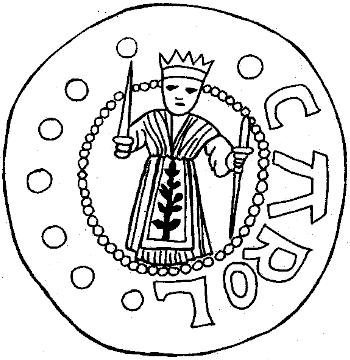Cyril of Jerusalem on Washings and Anointings


I was first introduced to Cyril’s Catechetical Lectures by Hugh Nibley in his phenomenal work The Message of the Joseph Smith Papyri. Cyril of Jerusalem is a prominent early Christian theologian, and is considered a saint by many. His most famous writings are set of twenty-three catechetical lectures which he delivered around 347 or 348 A.D. while still a presbyter or priest before he became the Bishop or See (Seer?) of Jerusalem. Most of these lectures were given as instruction to candidates before baptism and initiation. One of the appendices of Dr. Nibley’s book contains snippets from Cyril’s lectures on the “mysteries” (ordinances) or advanced instruction given to the newly baptized or initiated, having already performed these rites. These are contained in the last five of the twenty-three lectures, or lectures 19-23, often called the lectures on the mysteries. All the lectures can be read in full online at New Advent or at the Christian Classics Ethereal Library, albeit the translation is different than Nibley’s which he takes directly from the Patrologia Graeca by J.P. Migne (Vol. 33, cols. 1065-1105). [Read more…]


 Last night a reader referenced me to what appears to be a
Last night a reader referenced me to what appears to be a 